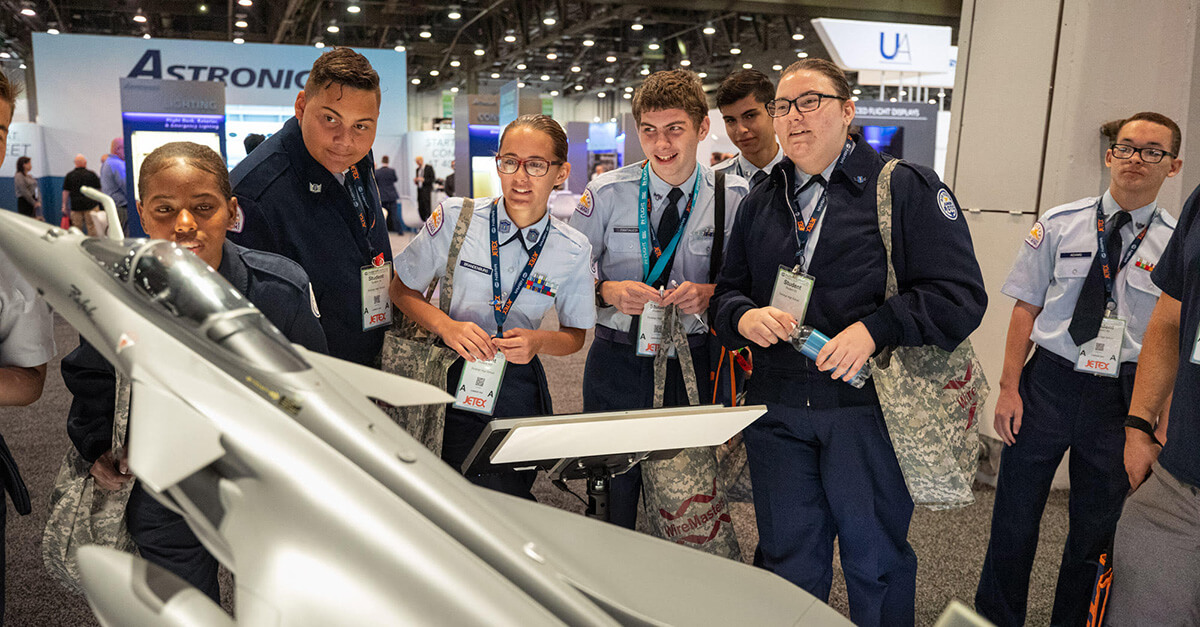
Oct. 21, 2020
Recruiting young aviation professionals will require a unified effort from industry, government, academia and non-profits – and more than a little creativity. That was the message delivered by officials while introducing the agency’s new Youth Access to American Jobs in Aviation Task Force during a recent livestreamed public meeting.
U.S. Secretary of Transportation Elaine Chao opened the presentation by outlining the task force’s mission, noting the long-term prognosis for an aviation industry that “produces $1.6 trillion dollars in the economy and supports nearly 10.6 million jobs” is still healthy despite short-term COVID-19 setbacks.
That expected growth, she said, makes workforce recruitment a high priority for the U.S. Department of Transportation.
“The future of the industry requires more technicians, engineers, managers, pilots, as well as medical and legal professionals,” said Chao. “But fewer high school students are choosing to enter the industry pipeline.”
To combat this issue, Chao said the task force is focused on developing ideas focused on three main objectives: increasing high school enrollment in STEM courses; guiding students to technical, community or four-year college aviation programs and working with industry partners to develop pathways to apprenticeships, development programs, or careers.
The meeting’s key event was the “Understanding the Barriers and Needs for Successful Youth in Aviation Programs,” panel discussion, which highlighted ways to support the critical work being done across the nation to provide young people of diverse backgrounds with early access to aviation.
Jo Damato, CAM, NBAA’s vice president of educational strategy and workforce development, is a member of the new task force, as well as serving on the group’s Expanded Pathways subcommittee, which looks to identify methods of enhancing aviation apprenticeships, job skills training, mentorship, education and outreach programs that are exclusive to youth in the United States.
“I know that the search for resources, scholarship opportunities, and mentors can be overwhelming for students and their teachers and parents if they don’t know where to start. At NBAA we are committed to attracting youth to aviation careers and we recognize that many young people from underrepresented communities need awareness that they can have thriving aviation careers,” she said. “We’re ready to help as we continue to focus on the value of mentorship, scholarships, internships, networking, and connecting with local and regional business aviation groups so we can reach students who have never considered aviation as their future path.”
One advantage aviation has in recruiting today’s digitally oriented young people, according to FAA Deputy Administrator Dan Elwell, is being able to pitch to them that they’ll be on the cutting edge of technology.
“Look at the kinds of changes that are happening: drones, supersonic, artificial intelligence, automation,” he said. “This industry blows the doors off any other.”


 International Business Aviation Council Ltd.
International Business Aviation Council Ltd.